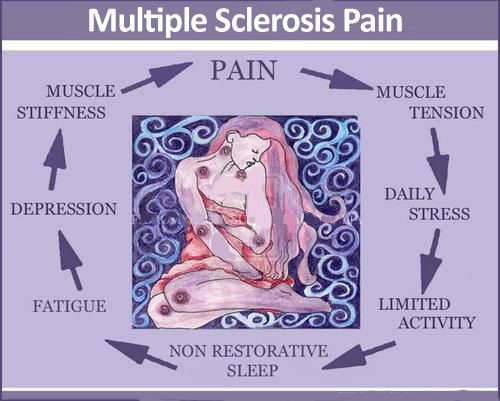Welcome to the latest in our series of fibromyalgia blogs where we explore your experiences of the early signs and symptoms of fibromyalgia. You can see all our previous fibro blogs here – https://patienttalk.org/?tag=fibromyalgia. Well worth it as there are some great fibro hints.
All of us are individuals who may suffer from the same medical conditions but in very different ways. We hope that you will use this blog to share with our readers your fibro story. In particular the early signs and symptoms of fibromyalgia.
For most people with fibromyalgia the key symptom is widespread and long term pain. The effect on our lives can be debilitating. People with fibro also may suffer from what is called Allodynia. This is where a person feels pain from a source which normally would not provoke pain. A good example of this would be a change in temperature or sometimes just even touch. Nerve or neuropathic pain is also common. Check out our previous blog on the subject – https://patienttalk.org/?p=281.
Common signs and symptoms of fibromyalgia can include:-
a) Fatigue. This in some cases can be extreme. Please check out our previous blog about ways of fighting fatigue – https://patienttalk.org/?p=239
b) Related to this is what is often described as “Fibro Fog”. These are problems with both memory and concentration which lead to a sense of confusion.
c) Irritable bowel syndrome. Normally either diarrhea or constipation but sometimes bloating as well.
d) Sleeping issues which can include insomnia. For more information please take a look at this blog https://patienttalk.org/?p=246.
e) Depression and anxiety.
But, of course, fibromyalgia is a syndrome. A syndrome could be described as a “constellation of symptoms”. This means that each person with fibromyalgia experiences it in a unique way.
This is where you come in. We would be very grateful if you could share your experiences of the signs and symptoms of fibro with other readers. As always we are very interested in anything you have to share but you may find the following questions a good guide:-
1) What was your first symptom of fibromyalgia?
2) How long after it appeared did you get diagnosed with fibro?
3) What sorts of pain do you experience with your fibromyalgia?
4) What would you say is the worst symptom of fibro?
5) How do you manage your symptoms?
Please feel free to add anything you think will be of use or interest in the comments box below.
Thanks very much in advance.




